
ELECTRONIC BEATS PRAGUE
Electronic beats Prague, As part of its extended "Summer of Youth" campaign, German…
Words by Marcus Boxler
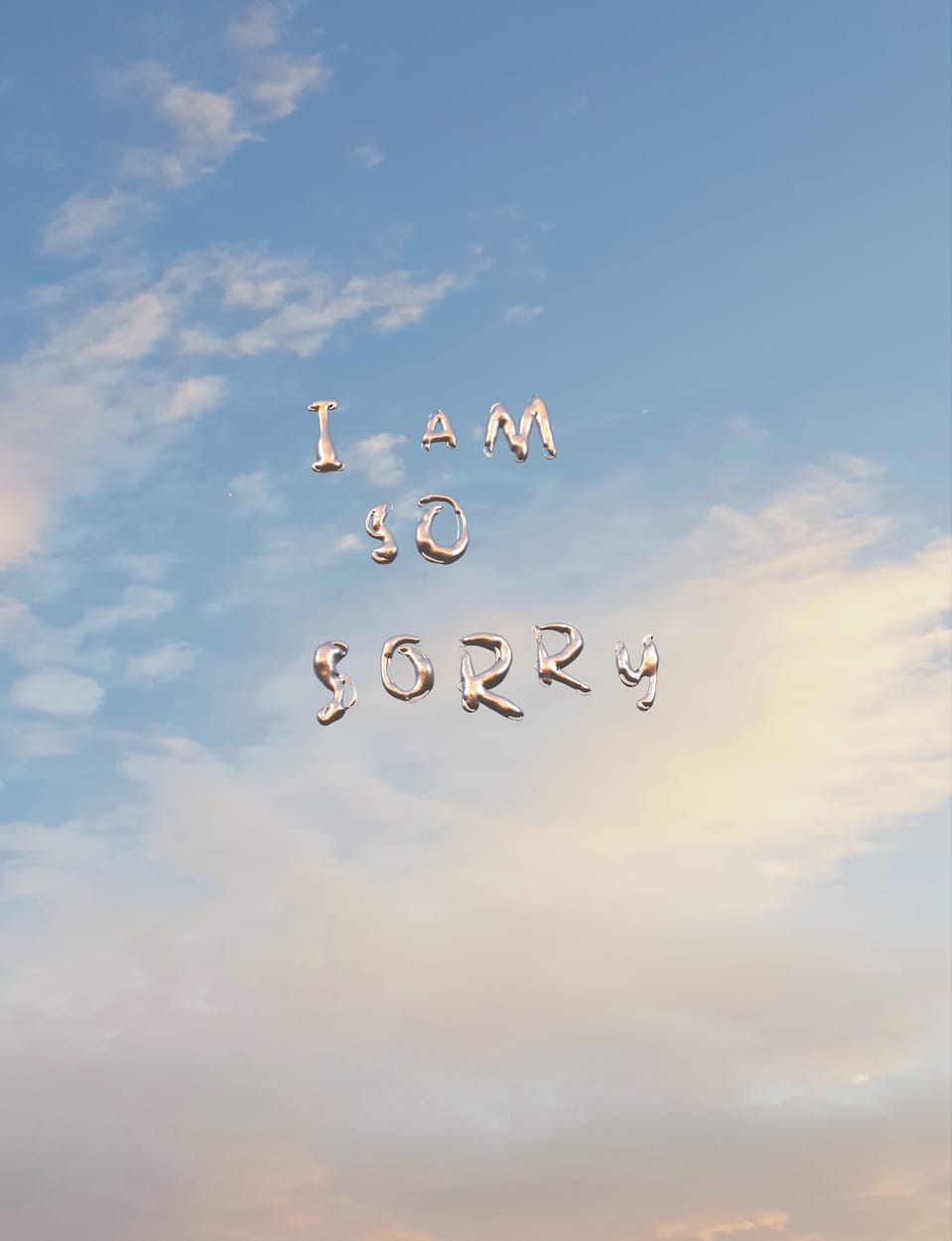
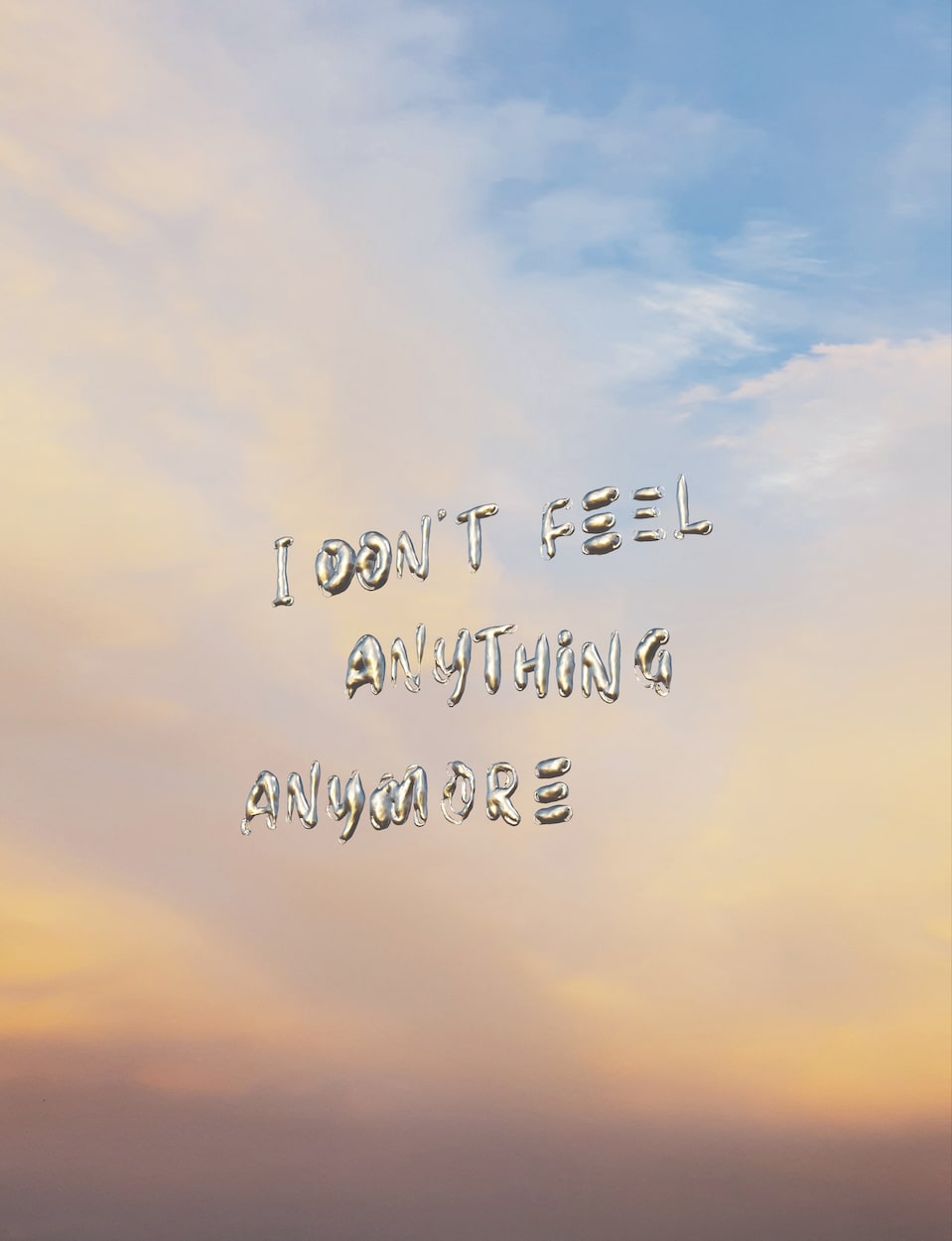
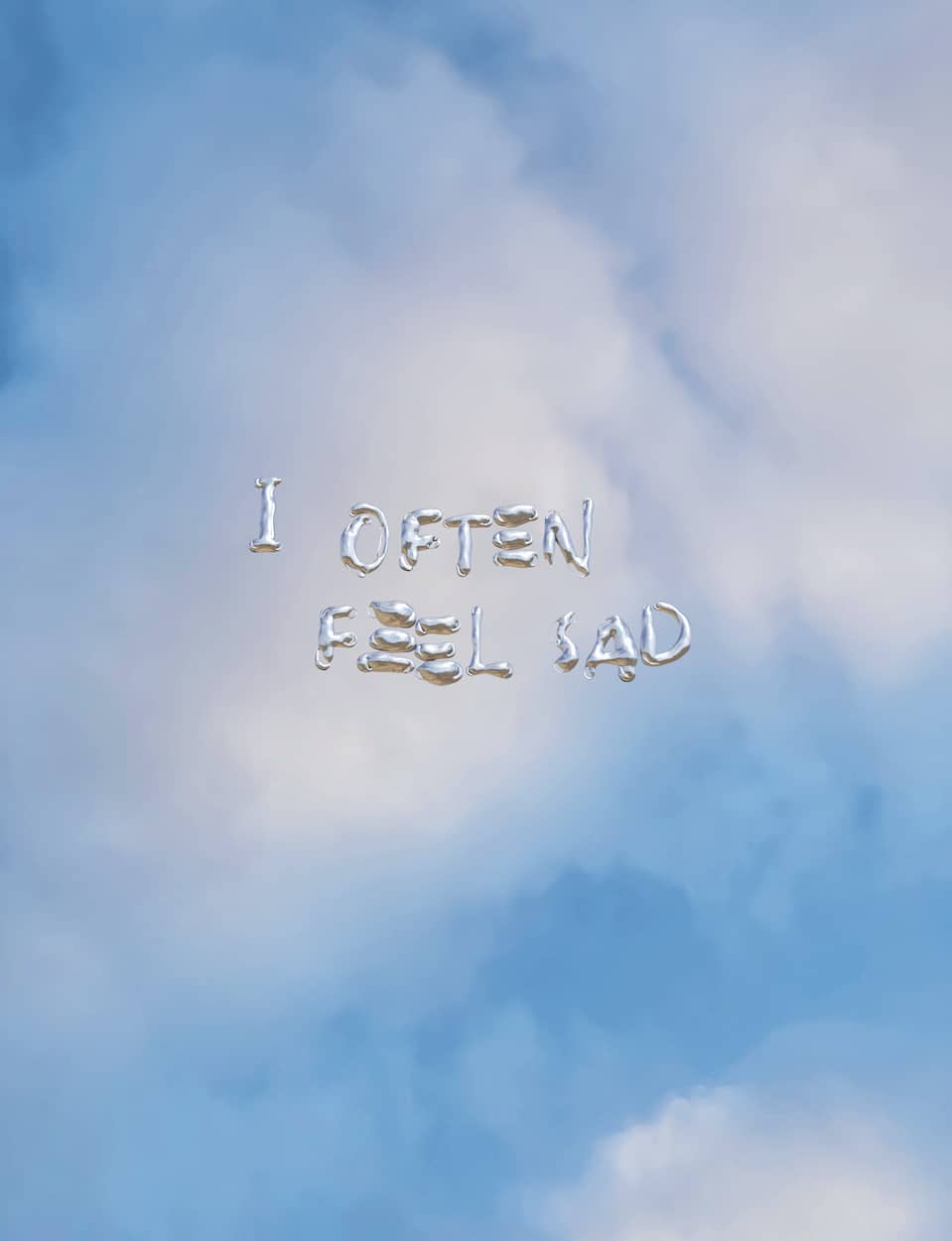


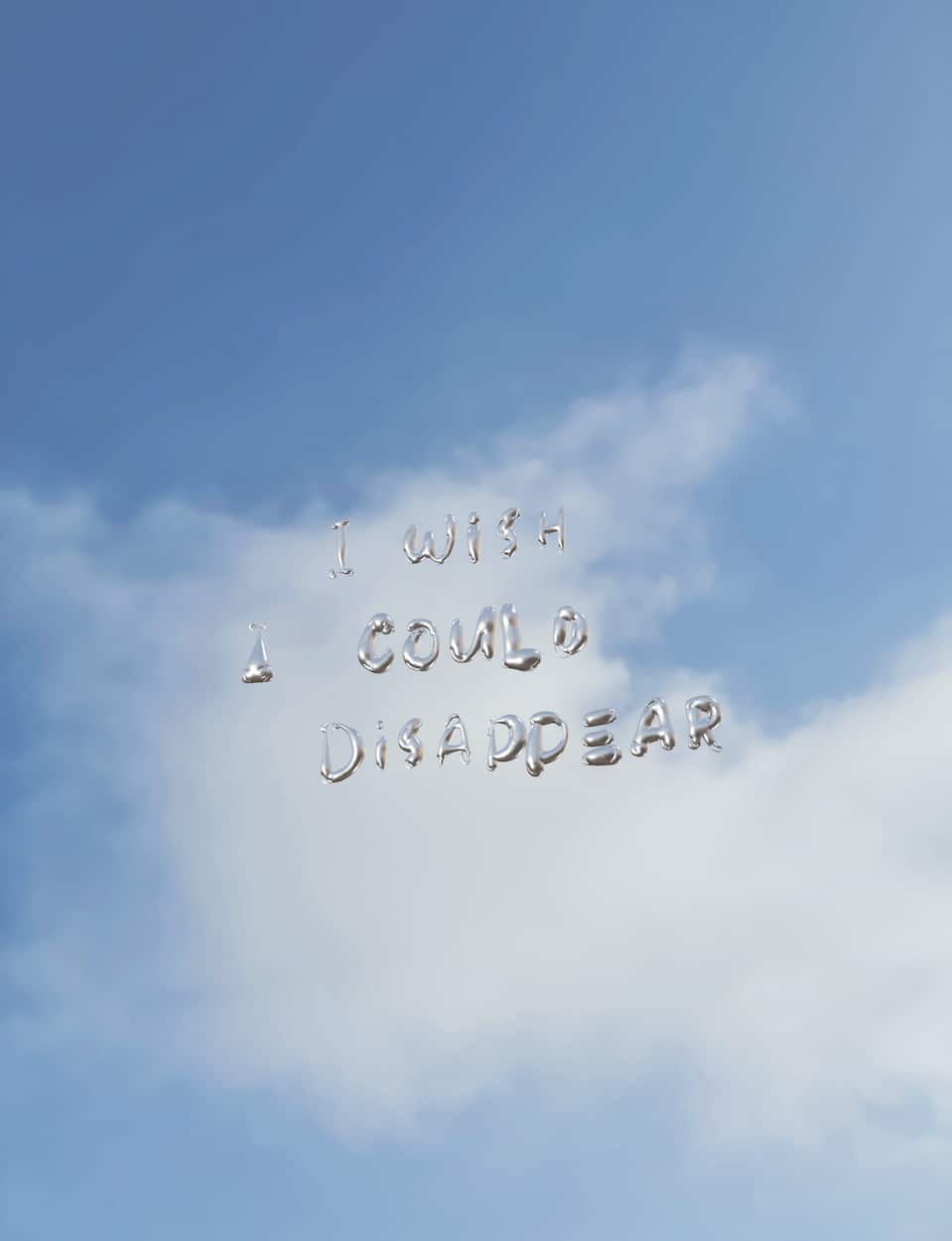

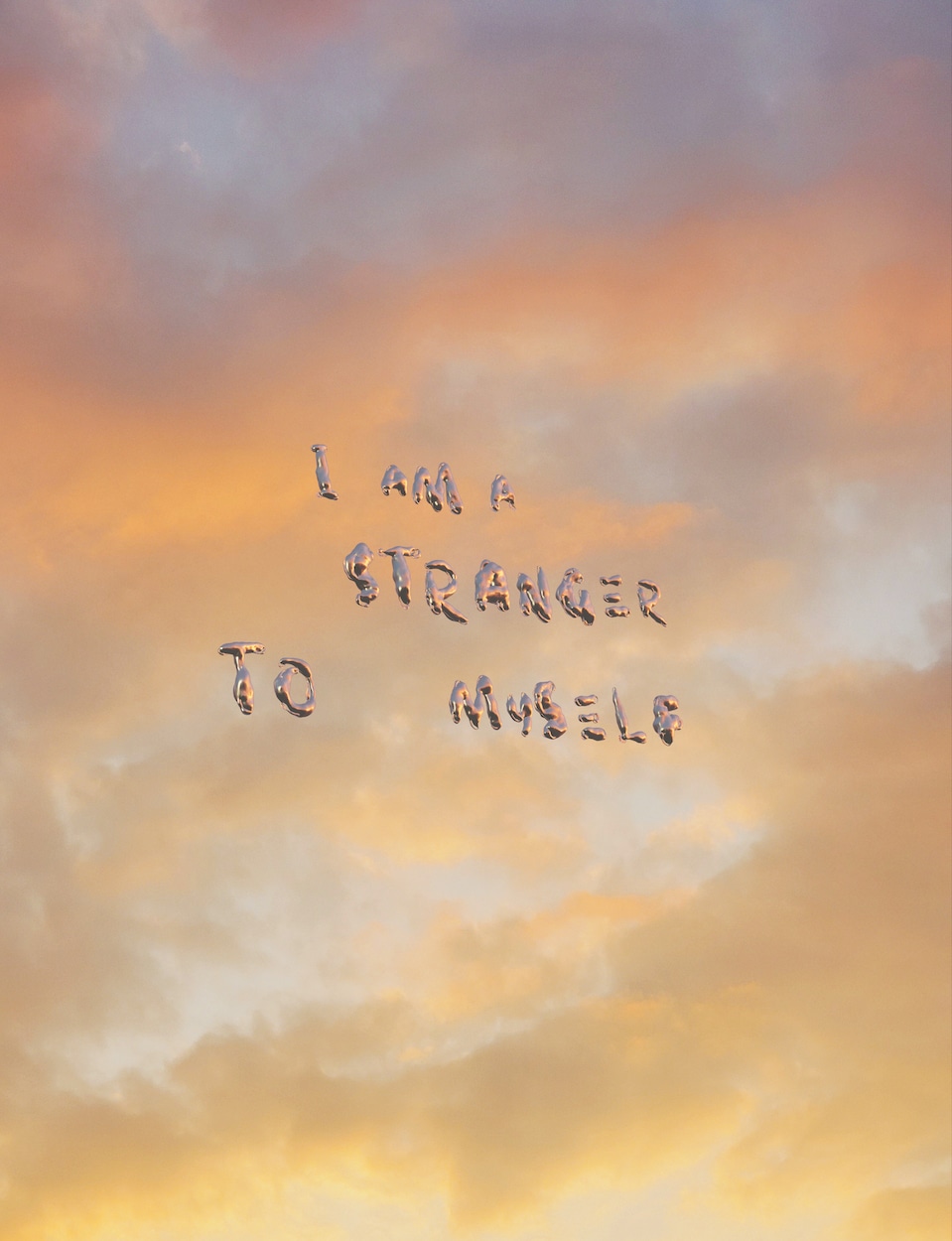
The times, and the world as we know it, are changing. Or certainly have changed.
The pandemic has swept the world multiple times over, and with endless zoom calls, lockdown productivity trends and improvised home offices or fitness studios – the pervasive feeling of constant pressure and blurred boundaries between public and private can lead to… well, the darkest of places. The third calendar year of the coronavirus is already upon us and just as we think we have overcome the last hurdle, a new variant (or wave) rears its ugly head. While others seem to be handling it, even succeeding, or dare I say thriving, the rest of us are just trying to stay afloat amongst what could be described as everyday chaos. As videos of panic buying and people fighting over staple supplies in supermarkets continue to go viral, while the elite carry on with partying or defying restrictions without ramifications, and those who are deemed essential are subjected to harder conditions, one begins to wonder: Where did compassion for our fellow human beings go?
In such polarizing times, ‘shadow work’ – a self-care trend – is taking the social media world by storm. Inspired by Jungian psychology, the trend supposedly helps to unleash our inner child and practice self-empathy. Social media apps, and in particular TikTok, are being flooded with trending videos where users enact conversations with their younger selves and give advice, there are also inner monologues where people give voice to their pain and attempt to calm their mind, and time lapse videos reflecting on past selves. Fueled by the urge to acknowledge and accept our differences, the trend is a combination of nostalgia and self-reflection to help heal trauma and aid in self development.
But does it actually work?
The term ‘inner child’ originated from renowned psychologist Carl Jung (1875-1961) and is still a concept prevalent in modern psychology today. The concept refers to a person’s internal childlike characteristics that exist within our subconscious mind, with the aim to reawaken childlike wonder and better understand our emotions. Jung believed that people had a predestined ‘primordial’ or archetypal image within their subconscious that in turn drives their behavior. Our earliest experiences – though we may not remember some of them so well – are also our most profound. According to Jung, it is these experiences and the things we learn from a young age that come together to form somewhat of an unconscious or sub-personality – our inner child – which also influences our mind, thought patterns, and emotions. As children, we are the most uninhibited and purest form of ourselves, freed from doubt and full of inspiration, and the influence of this sub-personality can be positive, or negative when our inner child has been hurt or traumatized in the past.
The role this Jungian concept now plays in modern psychology is the aim to heal the trauma of the inner child in order to teach healthier patterns of behavior. However, this process of conscious self-development and emotional repair is usually led by practicing psychotherapists, not TikTokers, where serious subjects are addressed in a safe environment. Since its first conception, Jung’s idea has now been so embraced by various self-help and new-age movements that some consider the ‘inner child’ to be cliché, but through social media, it is now becoming a big hype among younger generations. In a digital world saturated with listicles, quick fixes and how-tos, but yet in a society where the value and practice of mental health is now becoming the norm, not a taboo – at which end of the spectrum does the shadow work trend really lie?
We are at the pinnacle of human connectedness, and yet there are more angry, isolated and lonely people than ever before. The maniacal focus of productivity culture has taken its toll and people have started to quit their jobs in record numbers in search of more fulfilling options. The pressure on individuals to continually and consistently deliver saw its peak amidst the lockdown waves. Reports emerged of staff being forced by their employers to leave their web cameras on the whole day while working from home – an extreme measure of surveillance and mistrust disguised as team building, connection and community. Jung’s theory continues on to the idea of meeting the needs of the child still within us. When we move beyond childhood, our inner child’s voice is often repressed and becomes quieter as we take on adult personas and conform to the expectations of society. While we may chuckle and share our favorite ‘antisocial’ meme, there is a dark undertone to the unity of response to such popular social media accounts reposting supposed therapist or mental health advice for comedic relief – depression and burnout are on the rise, and more people are turning to social media, their source of connection, for answers.
As people try to combat the effects of the slow burning chronic stress that comes from this unprecedented time, it is no wonder tags like #innerchild and #innerchildhealing are now accumulating millions of views online. However, in an attempt to address mental health topics such as abuse, anxiety, depression, fear of abandonment, conflict, or burnout (the list goes on), the shadow work trend instead raises further questions: Does actively participating in a viral self-help trend actually work to increase self-empathy? Or does it rather contribute to perpetuating inaccurate self-diagnoses and unhealthy self-image? More importantly: What is the intention?
Shadow work is about the unconscious mind and processing certain things which we have repressed or hidden from ourselves, and our shadow self may show up in stressful or triggering situations. Diving deeper into the trending videos, one is served a wide range of content, both positive and negative – from deep questions about childhood trauma to best journaling practices and tarot card readings with crystals. Some people share serious trauma stories without trigger warnings, some bask in glorious revelations about themselves, while others share a more glorified pop quiz on “What personality type are you?” The spectrum is broad and many attempt to explain how others can start their healing journey, too. And while practicing gratitude, self-reflection and personality analysis are important for all of us, we are supposed to look to our inner child to find inspiration and our inner light. If this is the case, is writing a public apology letter to yourself for millions online to see really the best approach? Or is it just fueling our narcissistic tendencies?
While this trend may help others to recognize that they also have issues they need to address and that they are not alone – the role social media, or TikTok, is now playing in replacing expert medical advice needs to be addressed. True self-empathy and trauma healing is not something that is achieved overnight or through a shared 15-second video online. It takes years of practice and discipline, not to mention professional support. Self-empathy requires great self-awareness and sensitivity to the suffering of others and ourselves. We are all part of a broader experience and we deserve compassion and understanding, but we cannot all be self-appointed therapists. This is especially important for those who have experienced severe trauma – jumping into the deep end of the endless how-tos and 10-step guides on shadow work poses the risk of re-traumatization.
With waiting times for public therapy too long and the cost of private therapy for most too high, it is not surprising that many are turning to alternative methods and practices – and the advertising world is now starting to capitalize. The recent increase in screen time has led to many people taking refuge in online communities. And although the goal of inner child videos is to discover the darkness within ourselves and replace it with a healthier, happier self, self-care has now taken on a life of its own and has become a billion dollar industry. From social media trends to therapy and addiction apps, and from wellness practices to nourishing teas and face masks, in the current volatile societal climate, self-care is marketed as an escape from what feels like the world burning around us.
So, what happens when we look at ourselves in a certain way to teach us more about the world? Does getting better acquainted with ourselves provide us with a more conscious and empathetic way to navigate our new society? How many of us are still hunkered down in the safe bunker of our psyche, hoping that the storm will pass and the world will return to that which we knew? While considering the many aspects and spectrums of the journey to self-development and inner child healing, one can take consolation in the hope: From ashes comes new growth.
The trend attracts the forward thinkers, searching for a new order and a more conscious well-being. If those joining in can manage to see through the consumerist nature of the digital trend and focus on the initial core message, perhaps it will lead to empathy and compassion for ourselves and others, as well as help to navigate the pains of the past and challenges of the future with childlike creativity and wonder.

Electronic beats Prague, As part of its extended "Summer of Youth" campaign, German…
Words by Marcus Boxler

Renowned photographer Antje Peters presents her new exhibition "ARBEITSRÄUME" in Berlins…
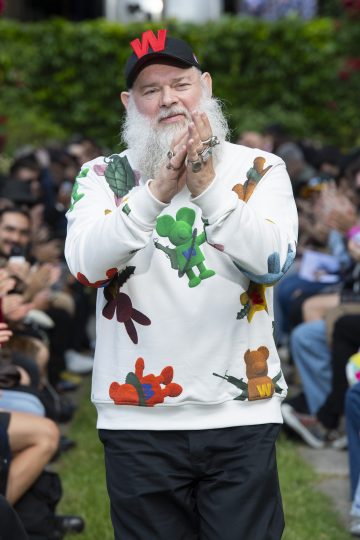
Walter Van Beirendonck and G-STAR redefined denim with an experimental capsule collection…